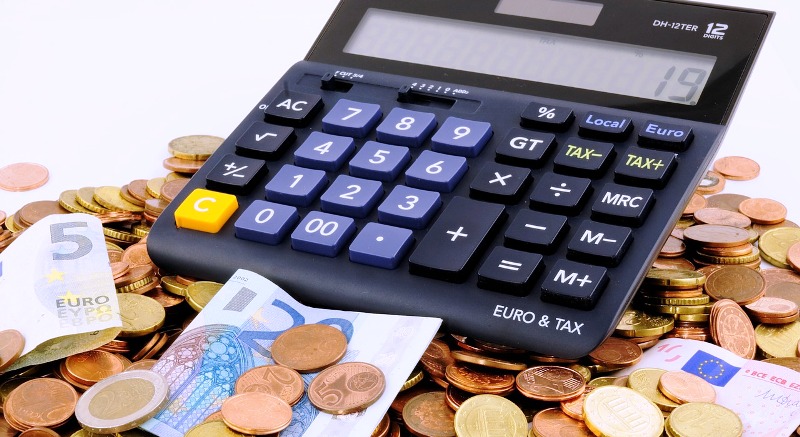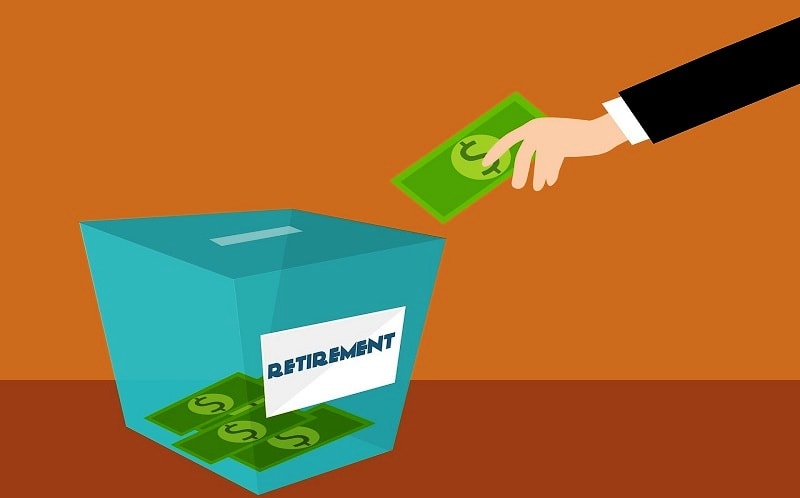Retirement savings means placing locked funds until you retire. They will then be paid in the form of an annuity that you will receive for life. With longer life expectancy, lower returns on traditional investments, erosionof pensions from mandatory plans in the scene the financial future of future retirees looks sluggish.
Your individual situation report sent every 5 years from age 35 until retirement, allows you to calculate your pension rights. The younger you start saving, the less effort you will need to maintain your standard of living in retirement. Saving for retirement also means being able to have capital at a later date to finance your potential projects.
Optimize your savings effort based on your abilities and your level of taxation. Because each situation is different do not hesitate to be accompanied by your advisor for personalized advice. Your savings may, at your option, be in the form of freely available capital or an annuity that you will receive at regular intervals after retirement.
When to start saving?
The sooner you start the better. If you really want to ensure good capital to access as a complement to the public retirement pension, start as soon as possible. To save a percentage of the monthly salary is one of the keys to any strategy of saving. Saving in advance dilutes the effort and also allows facing unexpected events.
The ideal time to start saving for retirement is as soon as you enter the labor market. It does not matter if in that moment the percentage that can be dedicated to this saving is small: The important thing is to start and acquire the habit and perseverance. The habit if saving is very important. It does not help to start saving at age 30 if it is not done regularly. It is better to contribute small amounts consistently than larger quantities sporadically. To internalize this habit, a good idea is to schedule a periodic transfer to another account as soon as we receive the payroll.
How much to save per month?
Calculating how much money you need to save per month to ensure adequate retirement return is not a complicated exercise. In the first place, we can estimate through different simulators the future public pension that will correspond to us. In parallel, we will set the level of income with which we think we will have a retirement that lives up to our expectations. The savings required at the time of retirement will be that which, for the life expectancy in force, covers that differential between economic needs and income from the public pension.
Knowing how much money you need to save per month also depends on when you start saving. The later you start saving, the greater the amount of money should be to ensure a quiet retirement.
More specifically, experts recommend trying to save around 7-10 %% of income
Retirement savings plans
These kinds of plans exist, allowing you to receive a supplementary pension by putting money into a blocked account. This Retirement SavingsPlan, which has no upper limit, can be released in the form of a life annuity – exempt from wealth tax – or capital. In addition, the amounts paid throughout his working life on this account can be partly deducted from the income tax.
Where to invest this savings?
For this, there are numerous savings instruments that invest the deposited capital and provide an interesting return. In particular, pension plans are one of the most popular products among American savers, thanks to the wide range available in the market, which allows each investor to find a plan that meets their needs and also thanks to its simple operation.
The destination of the savings will depend on the type of saver and on the vital moment in which he or she is. Young savers should bet on assets that opt for higher profitability, although they are associated with a higher risk, given that the distance of retirement allows taking risks. The approach is the opposite for savers who are close to retirement. Recommended assets for each case are, respectively, variable income and fixed income.
Those who do not want to worry about this transition between
The type of savings product will also depend on the saver’s profile. Those close to retirement age can opt for retirement insurance, which in addition to covering the retirement contingency can turn into annuities, a very suitable product to complement the public pension of retirement and with important fiscal reductions. The youngest can opt for collective savings vehicles such as pension plans, which also offer important tax incentives at the time of contribution.
Conclusion:
Priority and perseverance are essential factors in saving for retirement. However, when there are still three or even four decades to go before retirement comes, it can be difficult to see the need to save. There is a tendency towards a short-term view and there is also a tendency to think that the public pension will be sufficient to maintain an adequate standard of living when it is normal for the worker to lose purchasing power after retirement.
Thus, to try to promote this motivation, the ideal is to know exactly what level of savings is needed and establish a plan to meet it. Will you want to travel after retirement? Having that house or car you always wanted? They are motivating ideas that can be added some less friendly but also very present as the need to have medical care when you are old enough. For both the good and the bad, having a good level of retirement savings is a peace of mind that is priceless.





























